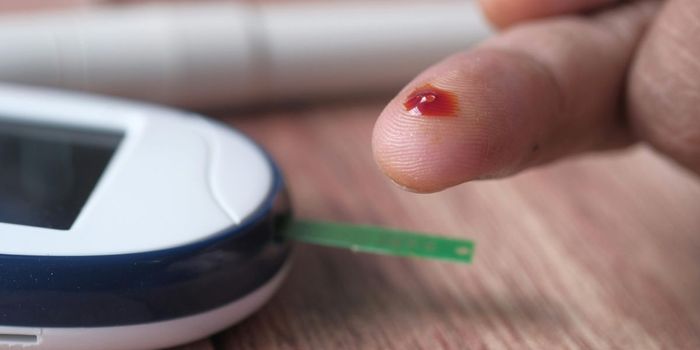One in Three Health Care Workers Threatened During COVID
A study in the American Journal of Preventive Medicine highlighted a spike in verbal assaults directed at public health workers during the pandemic. Researchers found that one out of three public health workers experienced at least one form of workplace violence. Researchers also examined the impact of public anger and aggression on these workers’ mental health. This is one of the first studies to explore the pandemic’s impact on the well-being of public health workers.
The researchers developed, conducted, and analyzed an online survey to understand the prevalence of nonphysical workplace violence. The survey of public health workers was conducted from March 2020 to April 2021. Over 26,000 state, tribal, local, and territorial public health workers responded to the survey. Questions focused on demographics, level of workplace violence, other workplace factors, and mental health issues such as depression, anxiety, post-traumatic stress disorder (PTSD), and suicidal ideation.
The health workers experienced workplace violence in one or more forms: receiving job threats or being bullied, harassed, or stigmatized. This unprecedented workplace violence took its toll on workers’ mental health. The study showed that workplace violence was associated with a 21% greater risk of reporting depression or anxiety, a 31% greater risk of reporting PTSD, and a 26% greater risk of reporting suicidal thoughts, even after controlling for illness, including COVID-19, losing a loved one to COVID-19, and other stressors exacerbated by this crisis. Increasing hours worked per week and increasing interaction with the public, were some of the factors associated with increasing workplace violence.
Many believe violence against public health workers may increase, so the researchers recommend the need to mitigate this growing problem. According to study author Dr. Tiesman, “As successive public health emergencies unfold, it is crucial that we ensure that our public health workforce has been empowered to defuse the hostility, harassment, and threats they encounter through training, workplace support, and greater communication after incidents occur. It is also important to increase the capacity of public health departments to prevent, respond to, and follow up on incidents experienced out in the field. A better understanding is needed of the scope and consequences of workplace violence, as well as differences across the types of public health agencies, geographic locations, and sociodemographic groups.” It is critical to support healthcare workers and prevent them from experiencing further mental distress while preventing or minimizing future workplace violence incidents.
Sources: American Journal of Preventive Medicine, Elsevier, Eureka News Alert








